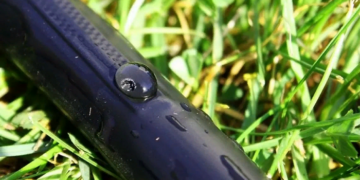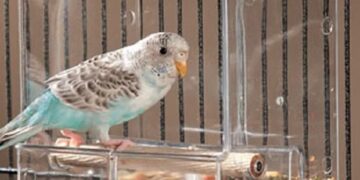Winter has come, the crop is harvested, it is snowing on the street, it’s cold and frost. It would seem that there is nothing to do in the garden. But in fact, this is not so, in winter there is also work. At this time, gardeners begin to think about the next season and, accordingly, prepare for it.
December.
In December, it is necessary to put things in order in greenhouses. Remove the soil that was used, all the remnants of the vegetation, carefully disinfect the room, inventory, all boxes, hoses, make fresh soil.
You need to check the seeds of cucumbers for germination and warm them up.
Throughout December and the whole winter, it is necessary to pay special attention to the storage mode of potatoes and vegetables. Maintain a constant temperature in the cellar and potato pit (2-4 degrees above zero). The relative humidity of the air should be 90-95%. Must be made natural hoods that could be closed in severe frosts. If there is an increase in temperature on the street during daylight hours, then the hoods must be opened for an hour and a half. If the humidity is increased in the cellar or potato pit, then it is necessary to put a box filled with unheard of lime or salt. And to increase humidity – a container with water.
Carrots (maybe not the entire part) is recommended to be preserved until spring on the ridge. To do this, you need to cut off the tops in the fall, cover the ridge with carrots with straw, hay or fallen leaves (thick layer), and on top it is necessary to cover with roofing material or film (from moisture).
In December, it is recommended to start repairing greenhouses, buy equipment and planting material in stores.
January.
After the New Year holidays, it is necessary to start preparing the soil for seedlings (in the event that they did not do it in the fall). The soil prepared in the fall or purchased, you should soak with hot water, well loosened and mixed. Then you need to pour it on a baking sheet, place it in the oven and warm it, withstanding it at a high temperature for 30 minutes. Further, the heated ground must be transferred to bags and taken to the balcony, veranda or greenhouse to freeze it.
Then you need to start cooking containers in order to sow the seeds in it.
Also in January, you need to start harvesting biofuels for heating in the spring of greenhouses and greenhouses. As biofuel, you can use manure, sawdust of wood, household garbage, dry leaves from trees.
You can make mats from straw or reeds, and for weaving baskets – matting.
In January, you need to repair frames in greenhouses, inventory for greenhouses. If the seeds have remained since last year, you should check them for germination, begin to purchase new seeds.
Also in January, you need to take care of mineral fertilizers, as well as about plant protection from pests. Look after a film and other covering material in stores, order the necessary in specialized stores.
At the end of January, you can sow celery for seedlings, as well as parsley (later it should be planted in a greenhouse or greenhouse).
February.
With the onset of February, the time has come for crops. Sow for seedlings: tomatoes, peppers, celery, eggplant, onions. For such crops, you need to select good seeds (calibrate).
Root celery for seedlings is sown from 1 to 20, and seeds of tomatoes, peppers and eggplant – in the period from10 to February 25. Tomatoes are sown taking into account the fact that then to transplant seedlings in greenhouses (medium and tall varieties).
In the last decade of February, you need to start sowing seeds of cucumbers for greenhouses with heating.
At the end of the month, you can start preparing greenhouses for sowing (snow cleaning around the greenhouse, closing with frames and replacing the broken glasses, filling with soil).
As you can see, there is work in winter.

















